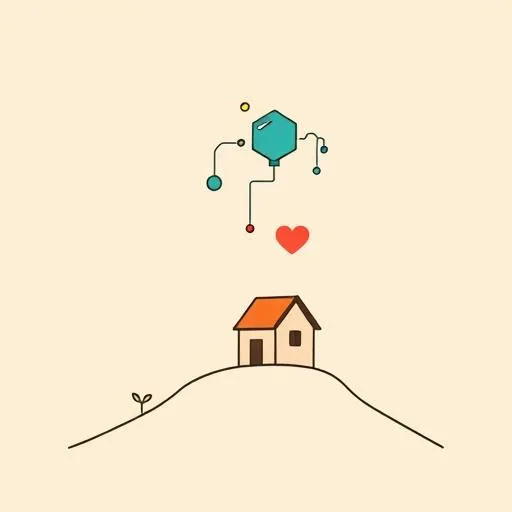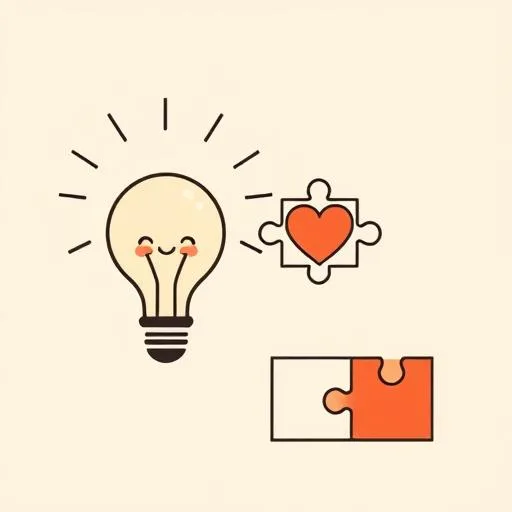
Remember that flutter in your chest when your little one took their first wobbly bike ride? It’s the same feeling watching AI reshape the job landscape today – part thrill, part terror. The real superpower we’re nurturing? The human adaptability that no algorithm can replicate.
The Jitters Are Real – But So Is Perspective

You know how our kids have those epic meltdowns that feel catastrophic in the moment? Technology’s changes work similarly – the panic feels bigger than it actually is. Those terrifying headlines about OpenAI eating jobs like airline snack packs while offering Walmart gigs? Let’s zoom out! Research shows only 14% of workers have felt AI’s impact so far, far less dramatic than CNN scroll-induced anxiety attacks. Think of that job statistic like toddler tantrums: Even the loudest scenes often dissolve quicker than day-old sidewalk chalk murals. That 3,900-job loss figure from May 2023? Barely a pebble creating ripples in our socioeconomic pond – much smaller compared to our family’s true challenges like explaining to your kid why store-bought slime doesn’t flow like their imagination intended.
Bridges Built, Not Just Buzzwords

When OpenAI partners with Walmart and farmers to train millions by 2030, it’s about teaching humans to ride those digital bikes with training wheels first – literally, when your seven-year-old magically transforms spilled juice patterns into rocket fuel blueprints for their cardboard spacecraft. The cashier helping engineer family holiday snack bundles through AI conversations and grandpa cross-referencing algorithm insights with his decades of seed-growing wisdom? That’s the same magic we witness when scheduling family travel adventures between soccer practice and grandparents’ visits – blending cutting-edge tools with timeless human touch. Fidji Simo gets it right: The sweet spot comes when tech feels more like playdates than pressure. Just like we taught addition through cookie baking instead of flash card drills with our first-grader.
The Skills Screens Can’t Swipe Right On

Ever watched kids collaborate on blanket fort regulations? They’re unintentionally boosting emotional intelligence muscles in ways robots can’t replicate – like recognizing when their best friend needs extra marshmallows in hot cocoa vs. mathematical marshmallow ratios. While AI might automate reports faster than we can toast mini marshmallows, it’ll never duplicate the mindful adaptability turning couch cushion chaos into Martian landing site engineering challenges. When your daughters strategize paintbrush exchanges at our neighborhood park’s sidewalk art festival, they’re constructing neural pathways as vibrant as their sidewalk masterpieces – infinitely more valuable than any certification program.
Your Everyday Adaptability Toolkit

The fun experiment tonight: While planning weekend hikes together through AI-powered trail maps, marvel at how the tech learns: “Whoa – just like you mastering bike handlebars through wobbly pizza-making attempts!” Twist the screen time narrative – after digital space exploration stories, create shoebox rocket theaters together. Reframe job headlines as playful quests: “Which spacestation tasks always require human touch?” (Obviously the snack mixes with surprise sprinkles!). Model adaptability feel-good moments – when movie night gets interrupted by a streaming glitch, cheer like we do: “Boardgame takeovers! This is our family’s adaptability adventure indicator!” And next time you catch cloud shapes with them, whisper: “Can we imagine anything machines can’t dream-up themselves?”
